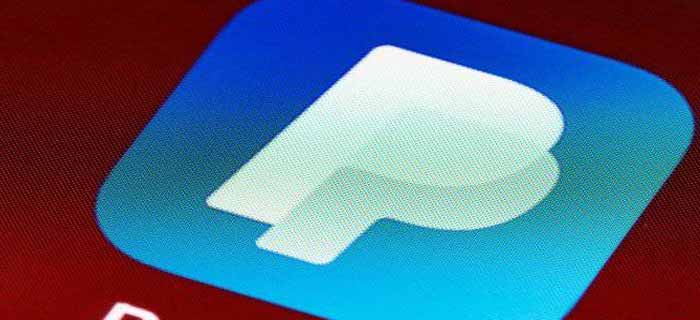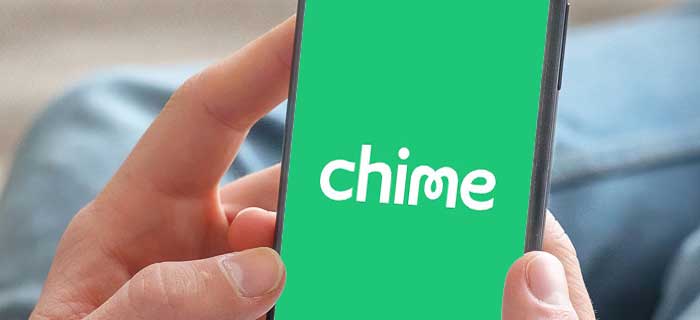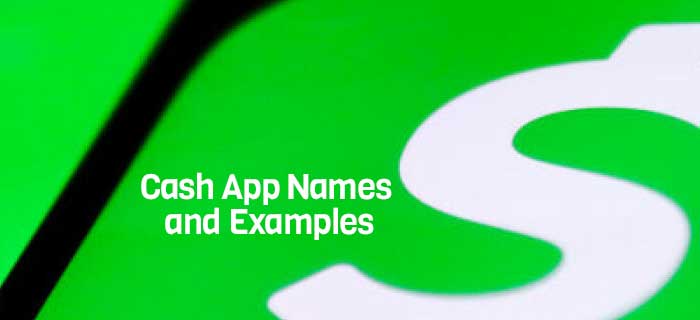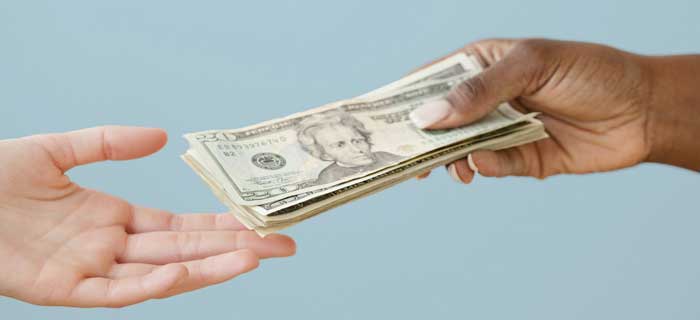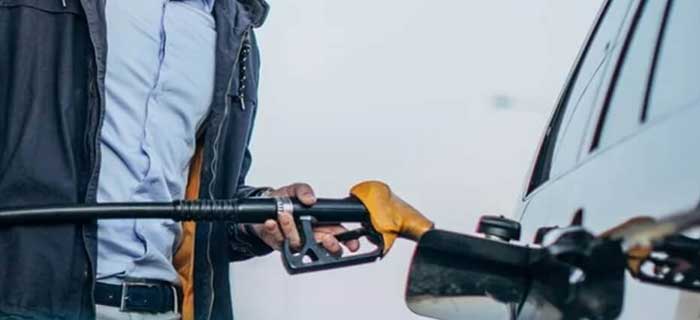I have always been a fan of debit card payments and transfers. They are quick, safe, and easy to do. You would agree. However, things can take an ugly turn if you need to learn how to overdraft a debit card on purpose and end up with a negative balance in your bank account without you knowing!
Can You Overdraft a Debit Card Intentionally?
You can overdraft your debit card once you have activated the debit card overdraft protection service.
Overdraft protection means you can use the card to make purchases or payments when you don’t have sufficient funds in your checking account. In such cases, banks will let you overdraft immediately by paying on your behalf so the transaction is not turned down. However, you will eventually have to pay the money back to the bank.
The process is the same whether you overdraft with a a debit card at a store or ATM. You can withdraw money within the debit card overdraft limit your bank allows. Moreover, the bank may charge you a small fee for overdrafting.
We recommend that you return your account balance to positive as soon as possible after overdrafting. Otherwise, you will incur penalties or additional fees.
The overdraft fee is typically $35 for the majority of the banks. If you purchase an item for $30 but must overdraft the debit card to complete the purchase, the total cost will be $65.
Can You Overdraft a Debit Card With No Money?
Yes, you can overdraft a debit card with no money in your account if you opt-in for debit card and ATM overdraft protection.
The overdraft will be successful even if you don’t have sufficient funds during the transaction. However, you will need to pay the fee for the facility against the negative balance later.
Can You Withdraw Money From Account With a Negative Balance?
You can overdraft a debit card when there are insufficient funds, so a portion of the payment results in a negative balance in your account. But the next question is: Can you overdraw when there is already an amount that you need to pay back?
With overdraft protection, you can do it! The bank will allow you to take out money from a bank account where the balance is negative and adjust it in the next paycheck.
This is an extremely useful feature when you can’t avoid purchasing necessities like groceries, gas at the station, prescribed medicines, etc.
How Many Times Can I Overdraft My Account?
The limit on how often you can overdraft is set by the specific bank/credit union you intend to use. Therefore, you need to learn the terms and conditions of your bank to determine if an overdraft is possible.
Why Do Overdrafts on Debit Cards Happen?
Many events can result in unintentional overdrafting of a debit card. Most of us are busy and need help checking our current bank balance.
A simple way to protect yourself against overdraft is to opt out of the service. Then, debit card transactions will be declined when they are used to make a transfer that exceeds the available funds in the bank account. Otherwise, even a small purchase can result in a debit card overdraft.
The list may be longer than this, but the following are some of the most common debit card overdraft situations you may find yourself in.
1. Careless Purchases
You can overdraft a debit card on purpose, but if you are careless with purchases and have signed up for overdraft protection, your account can go negative without your permission.
Paper money and checks used to be better in this regard as they gave a clearer idea about how much was left in your wallet to spend. This is not the case when spending via debit card or credit card.
To track your purchases and the remaining amount, you must log in to your online account and view the statement occasionally.
An alternative is calculating your balance after every purchase you make through the debit card. This may help ensure you only spend what you have in the bank. As easy as it may sound, the lengthy calculations can get confusing, sometimes resulting in unintentional overdrafts.
If you want to avoid surprises, download tracking apps like Mint, You Need a Budget, or Good Budget to help monitor your spending and stay on top of your account balance at all times.
2. Outdated Information
This is an experience that I have had personally! Debit card purchases or transactions are updated immediately in your bank account history when the funds are deducted. However, that is only sometimes the case, and I found that out the hard way.
I went on a shopping spree, had to fill a card tank on the way, and stopped to get a takeaway from my favorite restaurant.
Later, I realized that I had overdrafted my debit card, and my account balance was negative.
This happened because I kept spending through the card without tracking the purchases. At the same time, the bank had not updated all the expenditures as it was happening. When the system finally accounted for spending, it left me with a considerable amount to pay back to the bank.
This is not as uncommon as it may sound. Banks sometimes update online information or the banking app with a delay, resulting in a miscalculation if you need to keep more to take your spending.
3. Pending Authorizations
Hotels and gas stations are common places to watch out for pending authorizations.
If you are unaware of the common terminologies of banking systems, you may need to learn what a pending authorization is so that I can explain this to you in simpler words.
Let’s say you overdraft a debit card at a gas pump. Even when you opt for gas worth $5 only, the card will debit up to $70 because that is typically the cost to fuel the biggest gas tank.
The vendor will deduct $5 only, and the rest of the balance will be credited to your account.
However, you will have already overdrafted the account with $70. This is other than the $35 overdraft fee that will be imposed additionally.
4. Scheduled Purchases
A majority of mobile banking apps allow users to schedule recurring payments. In this way, you don’t have to worry about missing out on important payments like insurance, medical, electricity, gym membership, or monthly charges for a streaming service.
What will happen if you have set up automated billing for any of these but need funds in the account to cater to them when the date arrives? It will overdraw your account!
It helps you choose the date of charge withdrawal, as most services offer. But sometimes, an overdraft can occur without prior notification due to a holiday or late paycheck delivery. Moreover, some payments can also be claimed by the companies four days earlier.
How To Avoid Overdrafting Your Debit Card?
There are some straight-away answers to this question. You can begin by regularly checking your balance and ensuring you are always spending within the limits. It would help if you also opted out of overdraft protection so that debit card transactions are automatically declined when the payment exceeds the available funds.
But what if you desperately need the money but want to avoid over-drafting your debit card? I have been through similar situations, so I understand that life sometimes gets tough!
If cash for emergency spending is what you need, there are plenty of apps and online platforms that can help you obtain the extra funds.
1. Chime
Chime is one of the most reliable cash advance apps offering short-term loans of up to $200. So you don’t need to overdraft your debit card for small purchases like getting a meal or buying a new phone.
Moreover, Chime loans/overdrafts are fee-free, unlike debit card overdrafts.
If you are a new Chime user, the overdraft limit may be set at $20 only, but it will increase if you are responsible for on-time payments.
You must sign up using the SpotMe feature to access the loan offer. It is easy and quick to do so. There are also fees for activating SpotMe on your Chime account.
Now, we get to the tricky part! Although Chime overdrafts do not have strict eligibility criteria, you must receive a direct deposit of $200 or more monthly. Chime takes it as a security to cover overdrafts on your account.
2. PockBox
Downloading and using a cash advance app like PockBox is an alternative to over-drafting your debit card. This platform is straightforward to use. You can apply for a cash advance here by providing personal information.
The PockBox will then connect you with the most suitable lenders. You can get up to $2,500 in loans within minutes.
The approval can take a while, but it’s worth the wait. It would help to look at the interest rates of short-term, instant loan options. Although they provide funds quickly, the fees can sometimes be outrageous.
Moreover, PockBox reports to credit bureaus. So, if you are late with payments, it can adversely affect your credit score and even make it difficult to apply for a cash advance or loan.
3. Earnin
Earnin can be a great choice if you want a daily financial cushion of up to $100. The app can be linked to your bank account, automatically deducting the advance from your next paycheck, making debt pay-off extremely easy.
Moreover, Earnin offers features like Lightening Speed and Cash Out, which enable cash advance withdrawal within minutes.
4. Albert
Albert offers cash advances up to $250, so you won’t need to overdraft your account for a financial emergency. The advance is free of interest and requires no credit check.
There is no subscription, and you can access the cash advance within minutes.
Moreover, the Albert app has handy features that track spending, make budgets, and set saving goals. You can sign up with Albert Geniuses for free, personalized financial advice.
Why Should You Opt For Overdraft Protection?
Your account will go negative when you allow overdraft, but the purchase will never be turned down. This is helpful when you need to buy something important and have more time to apply for a cash advance or wait for loan approval.
Overdrafts are now possible with minimal fees.
Moreover, with overdraft protection, there will be no added cost of a returned check to the retailer. Overdrafts also save you from paying late fees to the person or merchant you buy from.
Why You Should Not Allow an Overdraft?
If you do not have overdraft protection, the purchase will be turned down, and you will get a “declined” message, which can be quite embarrassing.
You cannot carry out any transactions once the account balance reaches zero. Checks written on your account will also be returned, and on top of that, returned check fees will be charged to your bank account as well.
How To Overdraft at ATM?
As long as you have the bank’s overdraft protection plan, you can actually overdraft the account at an ATM and spend more than what you have in the account. However, you must pay the bank’s fee for using this feature.
Overdraft fees vary for banks, although no specific fee for overdrafts at any ATM exists. Some banks may charge an extra fee if you overdraft more than once daily.
Banks set ATM overdraft limits. They may vary depending on your credit history and credibility. Moreover, your overdraft limit can vary from day to day.
To overdraft at an ATM, you don’t need to pre-authorize the transaction with your bank. You can proceed with the withdrawal at the ATM as you would normally take out cash. The transaction will be declined if you request more than what is allowed at an ATM.
Before You Go!
You can overdraw a debit card if you have activated overdraft protection, but I would not encourage you to do so given the cost of overdraft fees, which can amount to a lot. Alternatively, cash advance apps like Chime, Earning, or Dave are better if you need extra funds before payday.
In addition to the alternatives I have discussed above, consider looking into ATMs that let you overdraft or Cash app overdraft if you use this application. Please don’t leave without reading my simplest guides on how these overdrafts work!



